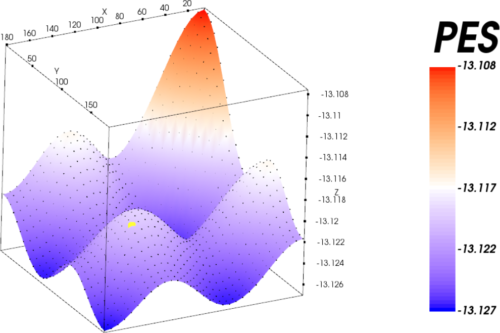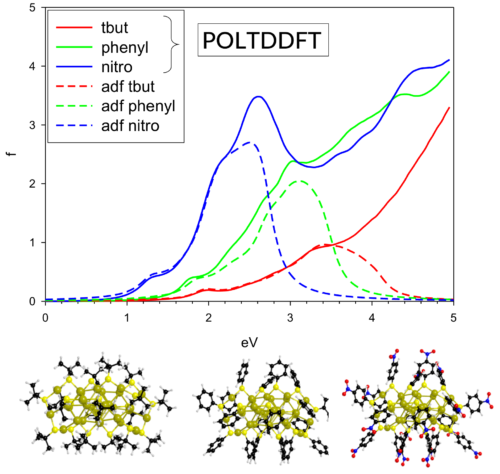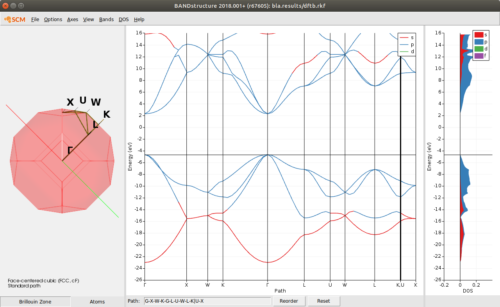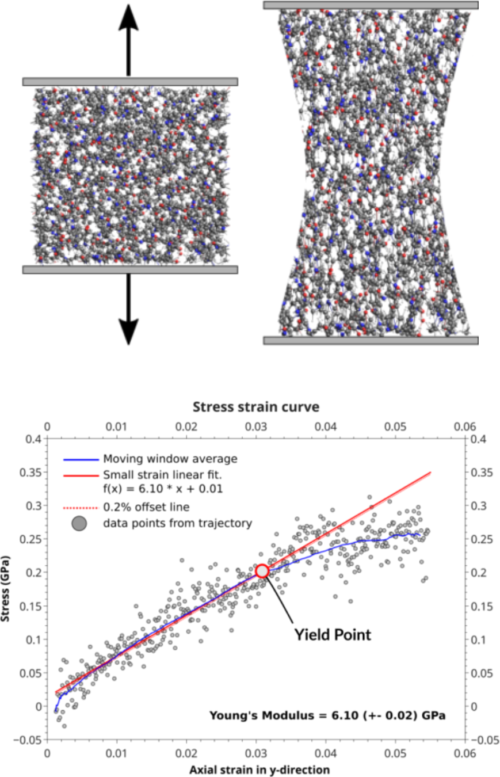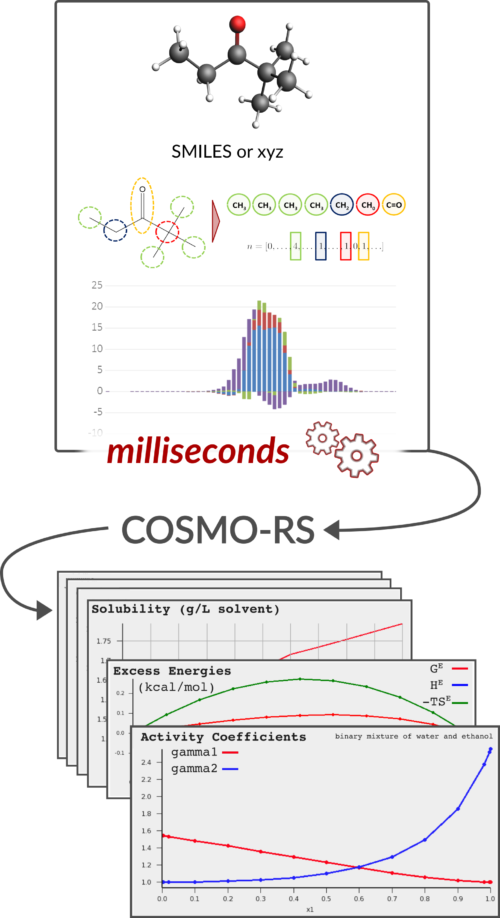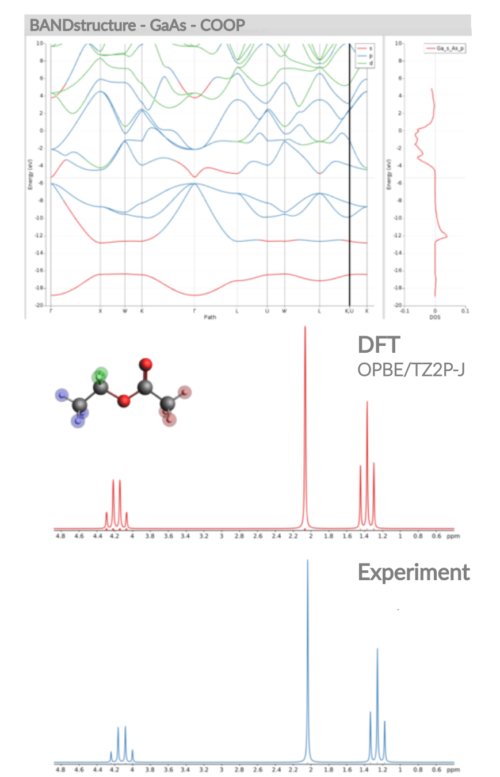Release notes Amsterdam Modeling Suite 2018
The SCM team is happy to announce our new major release, the Amsterdam Modeling Suite 2018 (AMS2018).
Our molecular DFT code ADF has some exciting new functionality, especially for those studying organic electronics.
ReaxFF has many new tools for acceleration, force field fitting, and trajectory analysis. Our COSMO-RS module now includes quicker sigma profile estimation, quick property predictions, and a solvent mixture optimization tool.
Most importantly, with this release we introduce the new, powerful driver AMS. With AMS you can quickly set up advanced Molecular Dynamics (MD) and Potential Energy Surface (PES) tasks for all the atomistic codes SCM develops, as well as external engines. It’s also really easy to switch between methods and set up workflows. During this major refactoring project to separate engines and drivers, we also simplified the input blocks and made them more uniform for our different compute engines. A selected list of new features and improvements across the entire AMS suite is listed below.
